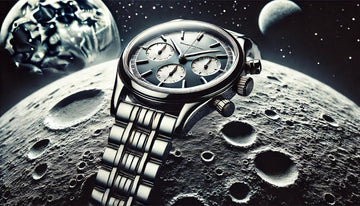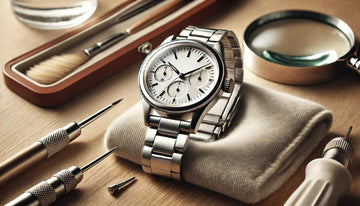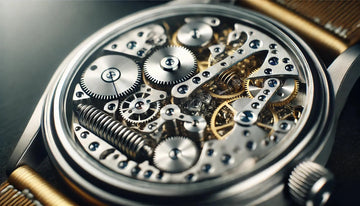In the 1960s, America and Russia were engaged in a fierce race in space. A prestige battle in which both countries wanted to show that they were technically dominant. Yet it was the US that literally and figuratively got further than the Russians with its Apollo programme. In 1969, Apollo 11 became the first spacecraft to go to the moon. But the forces in space and on the moon would be so different from those on Earth that NASA set out to find a watch that could withstand the extreme conditions of space. Several brands, including Rolex and Longines, were tested, but in the end it was only the Omega Speedmaster that managed to withstand all the fierce tests.
The watch had to withstand not only huge temperature differences, but also vibrations, shocks and vacuum. The Omega passed with flying colours. And so this watch was worn by the crew of Apollo 11. However, when astronaut Neil Armstrong became the first human to set foot on the moon on 21 July 1969, he was not wearing the Speedmaster. He had left his watch in the lunar lander as a back-up for the onboard clock. His colleague, Buzz Aldrin, did have his Omega on his wrist when he became the second man to enter the moon. This made the Speedmaster the first, and to date only, watch worn on the moon. The Moonwatch - the Speedmaster's nickname - has since achieved legendary status.
The watch became a symbol of technical perfection and reliability. It also proved its worth during the Apollo 13 mission, in which astronauts were able to time their return to Earth thanks to the Omega. Omega still releases the classic Moonwatch, with almost the same design as in the 1960s. For watch lovers and space enthusiasts alike, this timepiece is a must-have, a piece of history that refers to mankind's most daring mission: the conquest of the moon.
Blog posts





